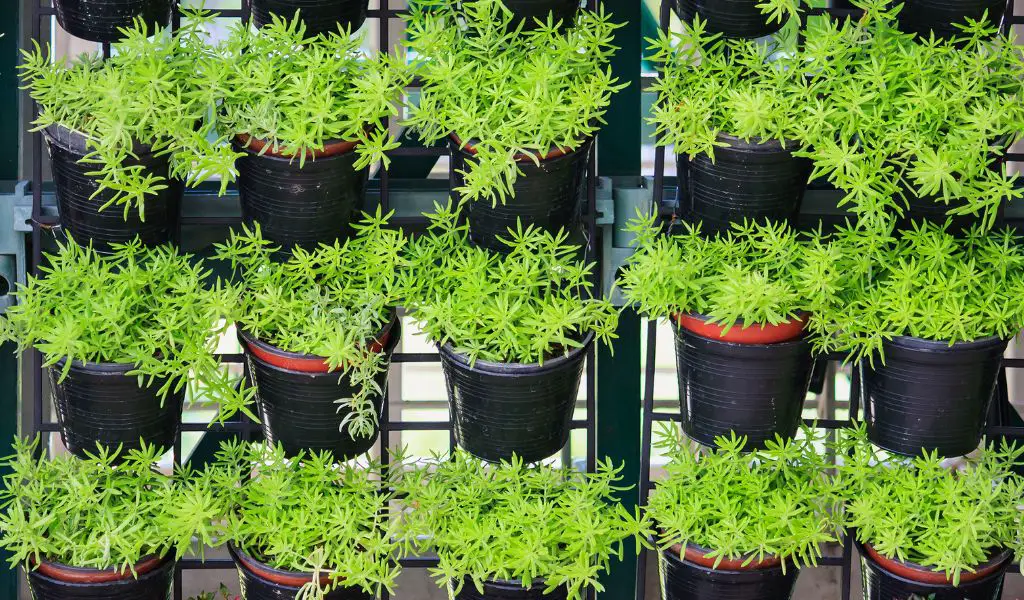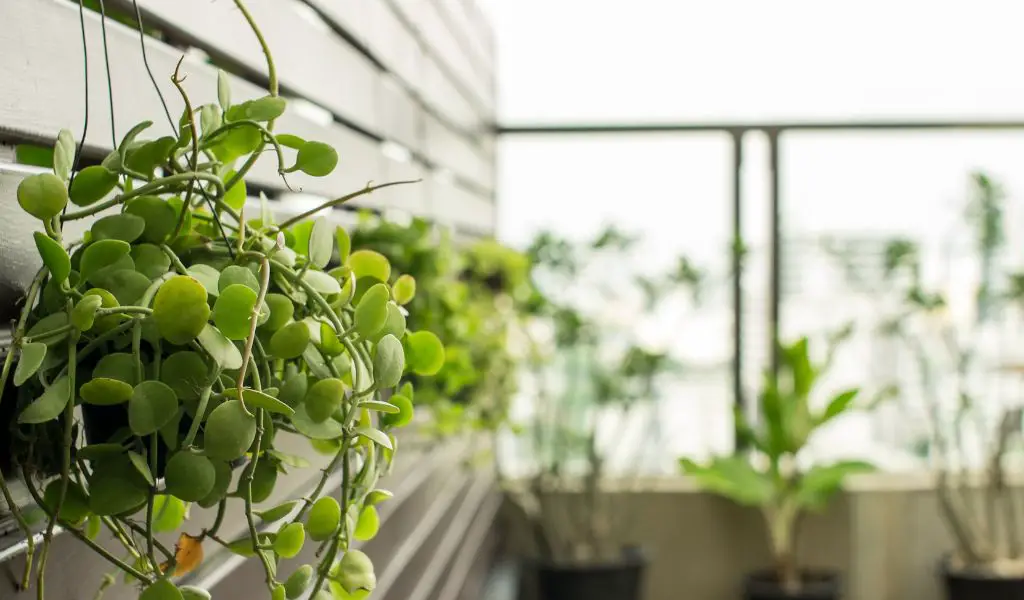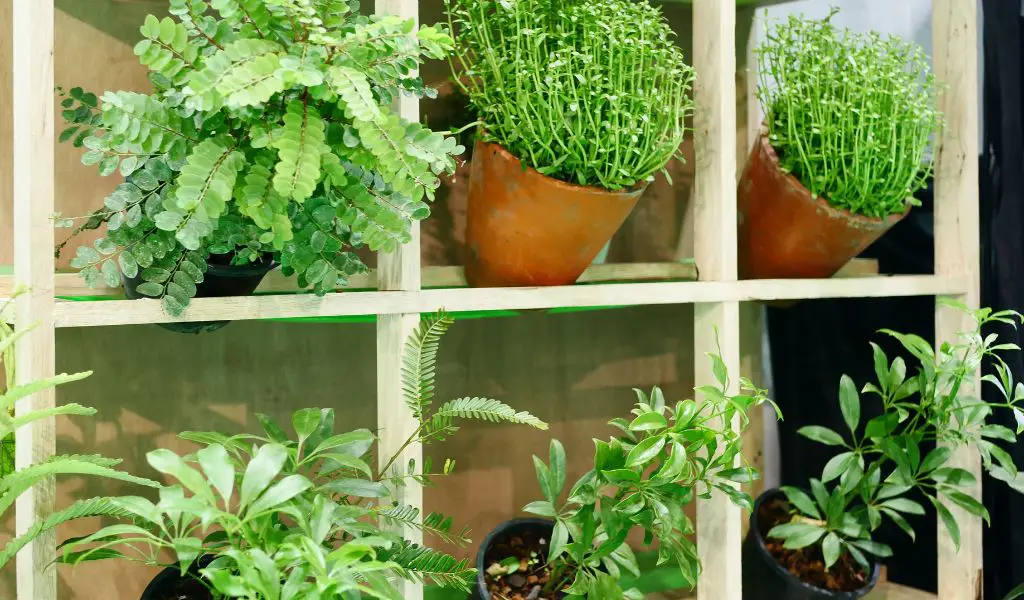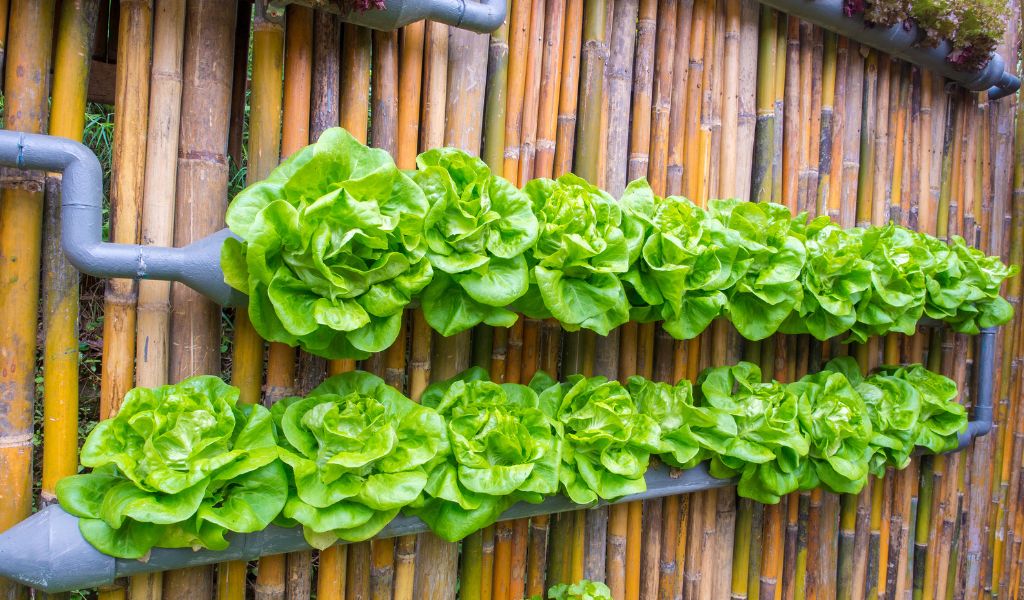A vertical garden, also known as a living wall or green wall, is an innovative way to grow plants in a limited space by using vertical structures.
These gardens are not only functional but also serve as an aesthetically pleasing addition to your home or outdoor space.
This guide will walk you through everything you need to know to design, build, and maintain a thriving vertical garden.

Choosing the Right Plants for Your Vertical Garden
Selecting the appropriate plants is crucial for the success of your vertical garden. Consider the following factors when choosing plants:
Light requirements: Ensure that the plants you select are suitable for the light levels in your chosen location.
Water requirements: Some plants thrive in moist conditions, while others prefer drier environments.
Growth habits: Select plants with compatible growth habits, such as cascading, trailing, or upright.
Climate and hardiness: Choose plants that are well-suited to your local climate and can withstand the temperature extremes in your area.
Some popular plants for vertical gardens include:
Ferns
Succulents
Pothos
Spider plants
Philodendrons
Ivy
Bromeliads
Begonias
Selecting the Perfect Location
The ideal location for your vertical garden depends on factors such as light exposure, temperature, and available space.
Take the following steps to find the perfect spot:
Determine the sunlight requirements of your chosen plants.
Assess the available space in your home or outdoor area.
Ensure that the area has proper ventilation and air circulation.
Check for access to water and power sources, if necessary.
Types of Vertical Garden Systems
There are several types of vertical garden systems to choose from, each with its advantages and disadvantages.
Here are four popular options:
Pocket Systems: These systems use fabric or plastic pockets attached to a support structure. They are easy to install, affordable, and suitable for a variety of plant types.
Modular Systems: Modular systems consist of individual planters that stack or connect together, creating a customizable and scalable design.
Trellis Systems: Trellis systems use a grid or lattice structure to support climbing plants.
This system is ideal for creating a lush, natural look with vining or cascading plants.
Hydroponic Systems: Hydroponic systems grow plants in nutrient-rich water instead of soil.
These systems offer faster growth and lower maintenance, but they require a more significant initial investment and ongoing attention to nutrient levels.

How to Install Your Vertical Garden
Follow these steps to install your vertical garden:
Choose your vertical garden system and gather necessary materials.
Install the support structure according to the manufacturer’s instructions or your custom design.
Fill plant containers with a high-quality potting mix, if using soil-based systems.
Plant your chosen plants, ensuring proper spacing and depth according to their specific requirements.
Attach plant containers to the support structure, following the recommended layout for your system and plant selection.
If using a hydroponic system, set up the nutrient reservoir, pump, and irrigation lines according to the manufacturer’s guidelines.
Water your newly installed vertical garden thoroughly to help the plants establish themselves.
Maintenance and Care Tips for a Thriving Vertical Garden
Proper maintenance is key to the success of your vertical garden.
Follow these care tips to ensure a healthy and vibrant display:
Watering: Check the moisture levels in the plant containers regularly and water as needed. Keep in mind that the water requirements may vary among different plants and systems.
Fertilizing: Apply a balanced, slow-release fertilizer to your plants according to their specific needs and the recommendations for your chosen system.
Pruning: Regularly prune your plants to maintain their shape, promote healthy growth, and remove dead or damaged foliage.
Pest Control: Inspect your vertical garden for signs of pests or disease and treat promptly with the appropriate measures, such as insecticidal soap or fungicides.
System Maintenance: Regularly inspect and clean your vertical garden system, including irrigation lines and support structures, to ensure optimal performance and prevent issues.

Benefits of Vertical Gardening
Vertical gardens offer numerous advantages, including:
Space Saving: Vertical gardens maximize growing space in small or confined areas, making them perfect for urban dwellers or those with limited outdoor space.
Aesthetics: A vertical garden can serve as a striking visual feature, adding beauty and interest to any space.
Air Purification: Plants in vertical gardens help filter indoor air by removing pollutants and producing oxygen, contributing to a healthier living environment.
Temperature Regulation: Vertical gardens can provide insulation and help regulate temperature in your home or outdoor space, reducing energy costs.
Enhanced Biodiversity: By accommodating a diverse range of plants, vertical gardens can attract pollinators and other beneficial insects, promoting local biodiversity.
Conclusion and final thoughts 💭
A vertical garden is a versatile and attractive way to grow plants in a limited space.
With the right planning, plant selection, and maintenance, you can create a thriving vertical garden that not only serves as a functional growing space but also enhances the aesthetic appeal of your home or outdoor area.
By following the steps outlined in this guide, you can design, install, and maintain a vertical garden that will be the envy of your neighbors and a source of pride for years to come.




